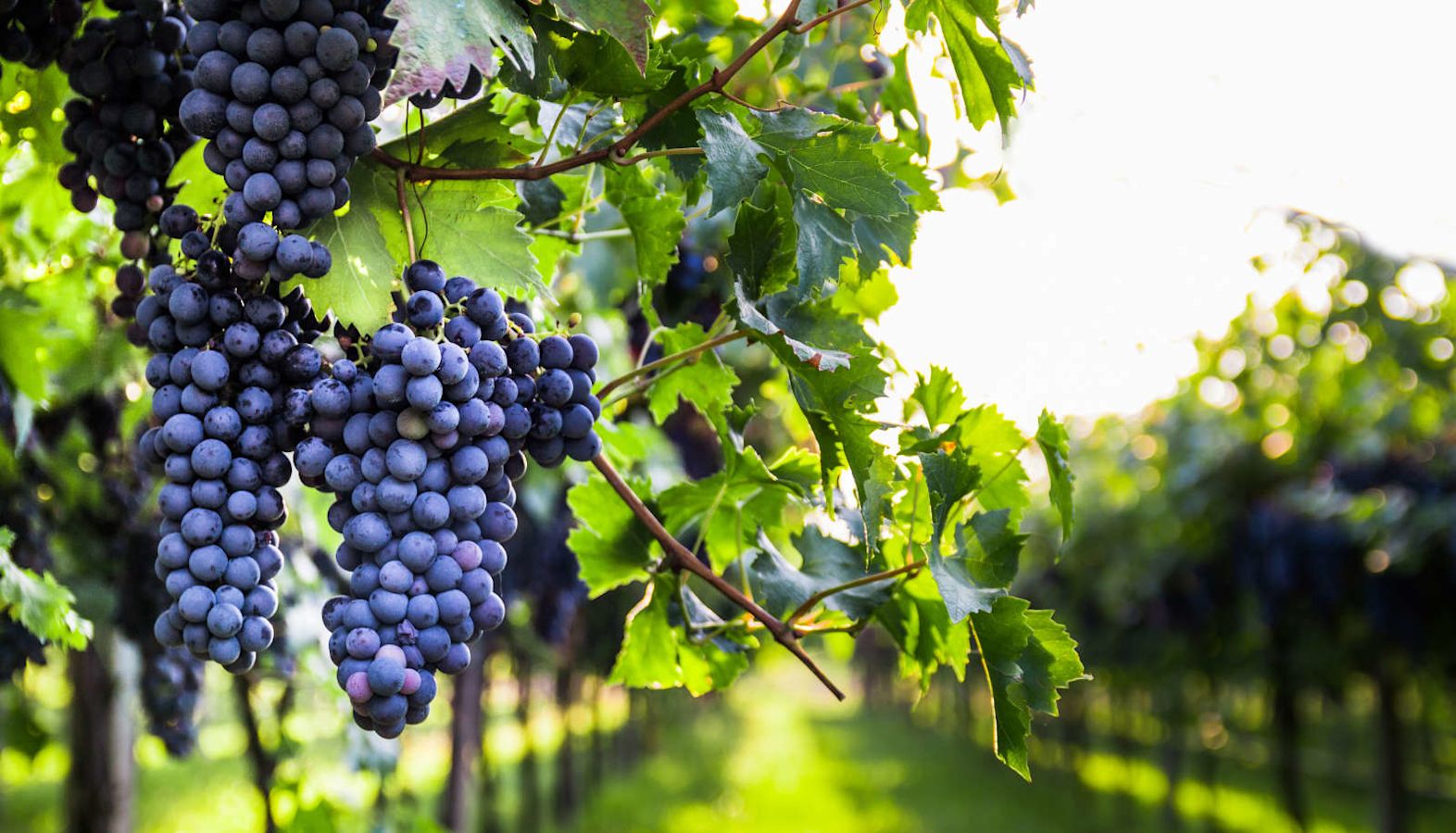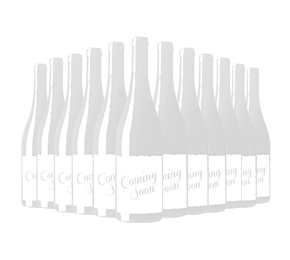Chat with Vinny
The world of wine is always full of new, exciting styles made with the latest winemaking techniques. But some winemakers prefer to stick to processes that are as simple and as natural as possible. Natural wines are becoming more popular due to an increased interest in ‘alternative’ wine types, including organic and biodynamic wines. But what makes wine natural compared to other wines, especially when made with the same grape varieties? If you’re already drawn to organic options when it comes to food and lifestyle you might find that natural wines appeal to you. Learn more about natural wines – and how they’re made – in our handy guide.
What is natural wine?
Natural wine is a type of wine made with minimal intervention from the winemakers, both in the vineyard and in the winery. Some wine enthusiasts call it ‘raw’, ‘naked’ or ‘true’ wine. There’s no universal definition for natural wines and much depends on the practices of the individual winemaker. However, some natural wine advocates and organisations have set out informal guidelines, and most adhere to the following principles:
Organic or biodynamic vineyards – The grapes used for natural wines are typically grown organically or biodynamically, meaning synthetic pesticides, herbicides and fertilisers are avoided.
Hand harvesting – The grapes are often hand-harvested, reflecting the artisanal, small-scale production of many natural wines.
Fermentation – The winemaking process is kept as natural as possible, without adding or removing anything during fermentation. This also means avoiding or minimising the use of added yeasts, enzymes and other additives that can be used in more conventional winemaking.
Low or no added sulfites – Sulfites, a common additive used in wine to curb oxidation and aid preservation, are either not added or added in tiny quantities in natural wine.
Unfiltered – Natural wines are often unfiltered and unfined, which may result in a cloudy appearance and sediment in the bottle.
Natural wines can be diverse in style and flavour but are noted for their freshness and vibrancy. They can also exhibit unconventional flavours and may vary significantly from bottle to bottle due to the variability in natural fermentation processes.

Organic vs biodynamic vs natural wine
While organic, biodynamic and natural wines share common features, there are clear distinctions between them. For example, all natural wines are organic, but not all organic wines fall into the accepted definition of natural. Let’s break it down:
Organic wines – Organic wine uses grapes grown organically without the use of artificial chemicals and is made in organically certified wineries. However, organic regulations allow for the use of additives and fining agents and grapes are grown with permitted minimal use of pesticides. In the UK, organic products are certified by the Soil Association.
Biodynamic wines – Grapes are grown in tune with nature’s cycles and using natural remedies in place of chemical treatments. A biodynamic approach to winemaking views the vineyard as a balanced ecosystem, including the soil, plants and animals within it.
Natural wines – Natural wines are made with minimal intervention. They usually use organically or biodynamically grown grapes, ferment with naturally occurring yeasts and add little to no sulfites during bottling.
How is natural wine made?
Natural wines start in the vineyard with organically or biodynamically grown grapes. No synthetic fertilisers, pesticides, fungicides or herbicides are used. The vineyard’s health is maintained through natural solutions like cover crops, natural compost and increased biodiversity. Grapes are usually hand-harvested to select the healthiest fruit and avoid unnecessary damage. Unlike other wines, where yeast is added to crushed grapes to begin fermentation, natural wines are made by using natural yeasts that are already on the grape skins. This is generally a less predictable fermentation process, but it’s better believed to give a more authentic expression of the natural environment in which the wine is produced. Natural wines are also typically made without additives, such as colourings, flavours or sulfites – a common preservative found in wine. Natural wines generally aren’t filtered either, so some yeast and sediment may remain in the finished wine, creating a cloudier wine with a less vibrant colour. All these different practices contribute to the unique character and variety you’ll find in natural wines.
What does natural wine look and taste like?
Natural wines often have a distinct appearance and taste compared to conventionally made wines. White wines can be cloudier and darker, often with a golden or amber hue. This is because of the limited filtration and prolonged skin contact. Natural red wines can range from translucent to deeply hued and may have visible sediment at the bottom of the bottle or glass. Most importantly, when it comes to their taste, natural wines are known for their diverse flavours. Reds can range from light and fruity to deep and savoury, while whites might have a crisp acidity or a rich, almost cider-like style. Because of the minimal intervention from winemakers, the specific flavours and aromas can vary significantly between batches.

Is natural wine better for you than other wines?
There’s some debate about whether natural wines are better or healthier for you than conventional wines. It’s true that natural wines are made without synthetic chemicals and have low-to-no levels of additives, including sulfites, which some wine lovers can be sensitive to. However, both natural and conventional wines contain alcohol, and over-indulging in either type of wine can lead to health issues. Although natural wines could be considered ‘purer’ than conventional wines, any supposed health benefits, as always, depend mostly on drinking responsibly.
Do natural wines have any disadvantages?
While interest in natural wines has increased, the process of making natural wine presents a barrier to large-scale production. Natural wines typically have limited availability and a higher price tag than conventional, mass-produced wines. As natural wines also have no formal regulations, this can make them unpredictable. If you found a bottle you loved, it may feel and taste different the next time you buy it. However many natural winemakers are deeply committed to quality and consistency within the bounds of natural variation. The lack of formal regulation does mean there’s potential for variability, but this is often seen as a feature rather than a flaw by natural wine enthusiasts. Natural wines are more sensitive to temperature changes without the addition of sulfites. They require specific storage and transport conditions, which again can increase the price. The lack of sulfites also means a shorter shelf life than conventional wines, making them unsuitable for collecting or saving for a special occasion.
How to choose a natural wine
If you’re interested in trying some natural wines, there are a few things to look out for that could help you make the right choice. Look for terms such as ‘organically grown’, ‘biodynamic’ or ‘low intervention’ on the label – these all indicate that the producers are using some degree of natural, minimal-intervention winemaking. Laithwaites offers expert personalised wine advice to help you find the right wines and provide insight about the different styles and varieties available. We can also help you find other styles for you to enjoy, from full-bodied and rich French reds to crisp Californian whites.

How to carefully handle natural wine
Handle your natural wine with care! Natural wines are sensitive to temperature changes, so store them in a cool, dark place with a temperature between 12-15°C. White natural wines can be served at slightly cooler temperatures to highlight their bright aromas. Avoid jostling bottles of natural wine if you can – this can upset the sediment in the bottom of the bottles and create a cloudier, more textured wine.
About the author
Chris Larkin
A seasoned copywriter with over two decades experience, Chris has been part of the team since 2021. At Laithwaites HQ, you’ll find him either working on our latest catalogue or creating informative content for our website. Qualified to WSET Level 3 Wine, Chris is as geeky about wine as he is about copywriting. But when it comes to choosing a special bottle, he is a traditionalist, and loves a good Bordeaux or Mâcon Chardonnay.

